Phonics Skills Normal Letter Sounds Worksheets for Ages 5-7
7 filtered results
-
From - To
Discover the exciting world of phonics with our "Phonics Skills Normal Letter Sounds Worksheets" designed specially for children ages 5-7. These engaging worksheets help young learners master letter sounds through fun and interactive activities. From matching letters to their sounds to practicing pronunciation, our resources foster essential phonemic awareness. Each worksheet is crafted to encourage practicing foundational skills in a playful manner, ensuring kids stay motivated while learning. Ideal for home or classroom use, these worksheets can enhance early literacy development and prepare children for reading success. Explore our collection today and support your child's phonics journey with confidence!
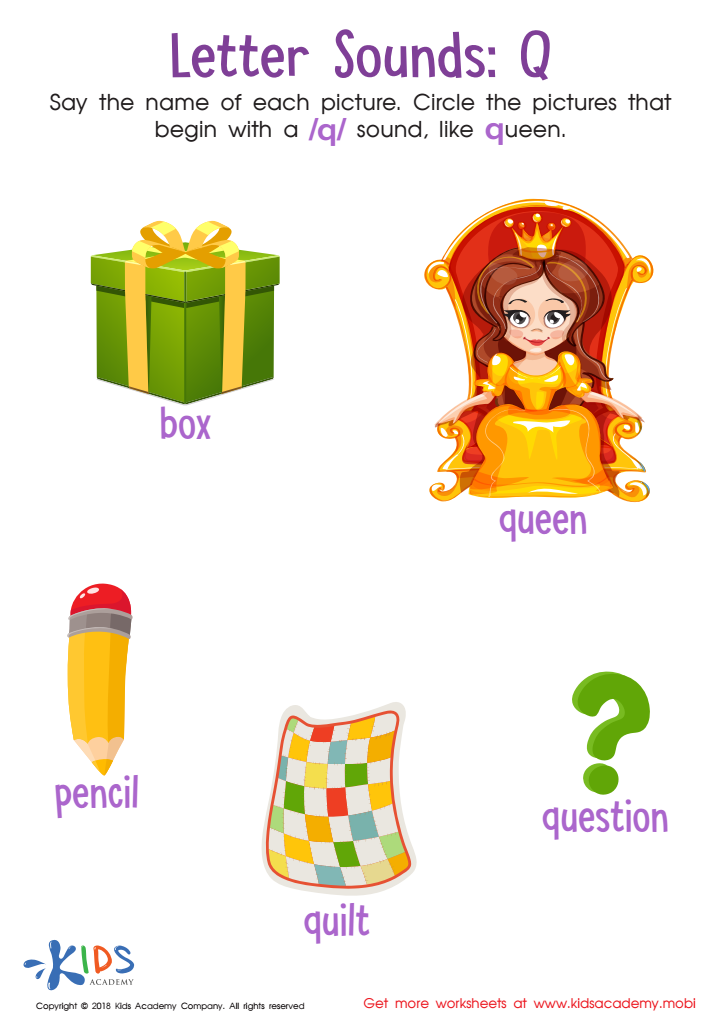

Letter Q Sounds Worksheet
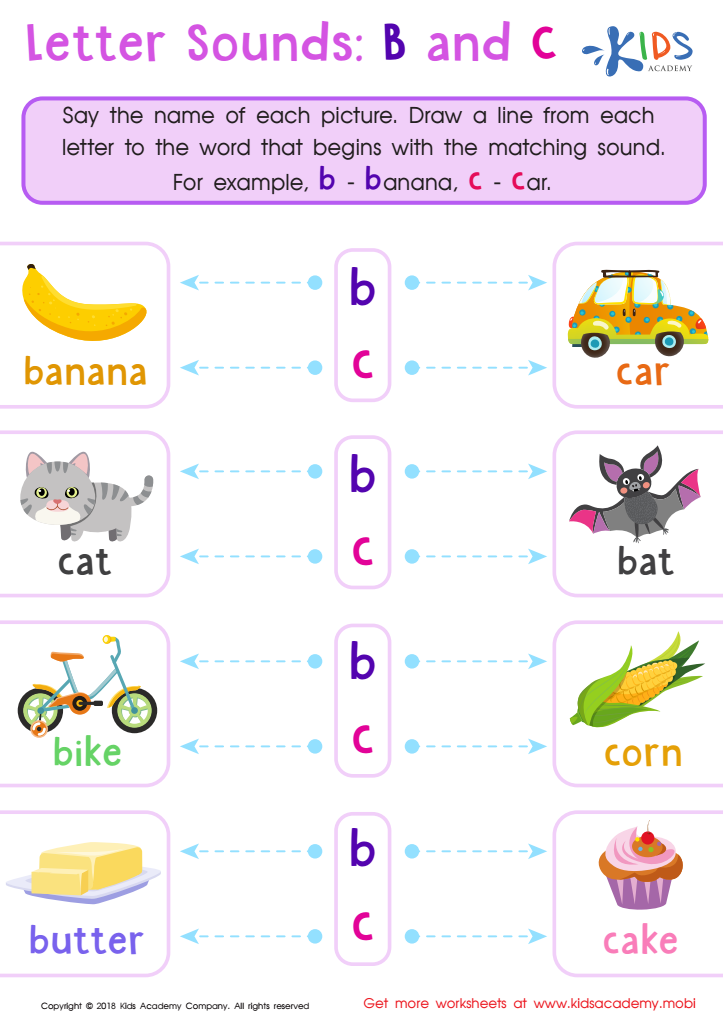

Letter B and C Sounds Worksheet


What Do You Hear? Worksheet
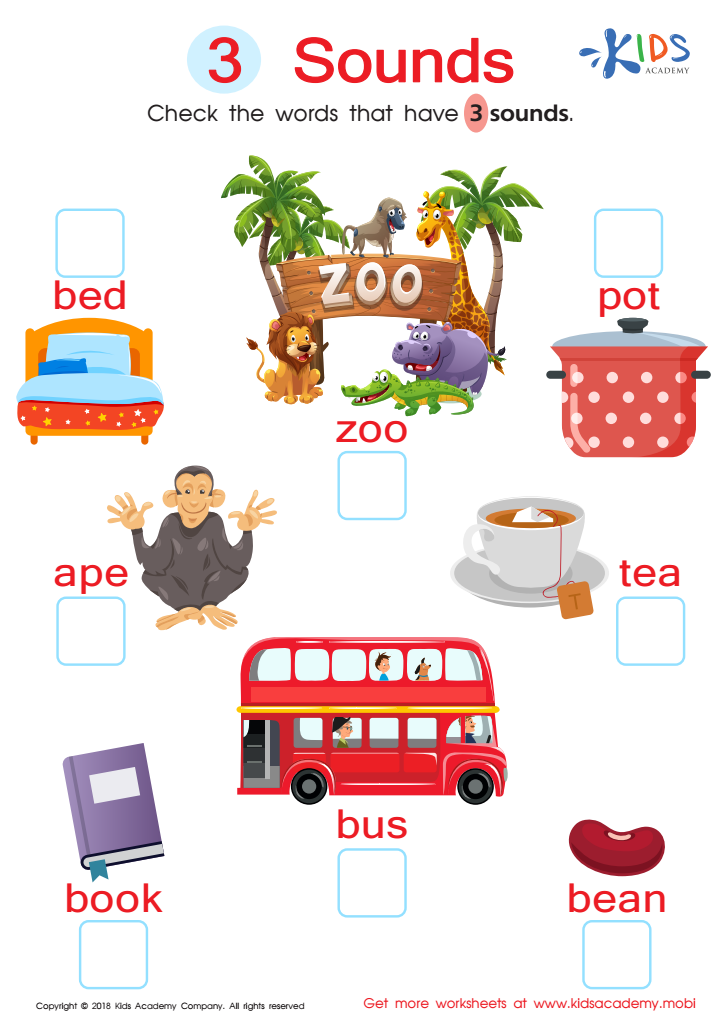

3 Sounds Worksheet
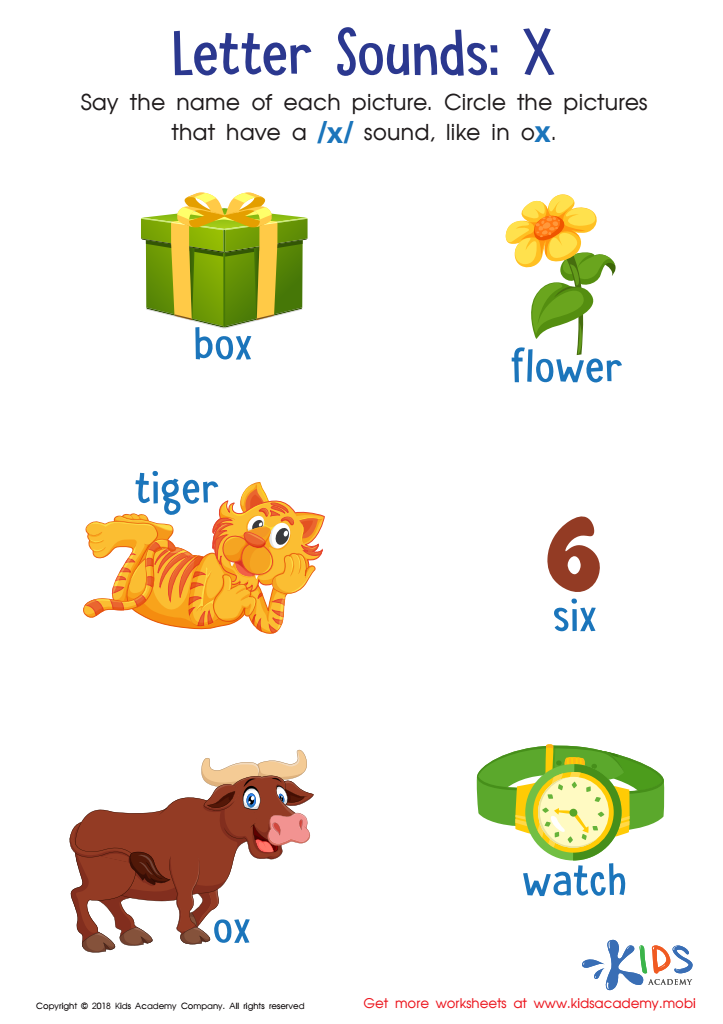

Letter X Sounds Worksheet
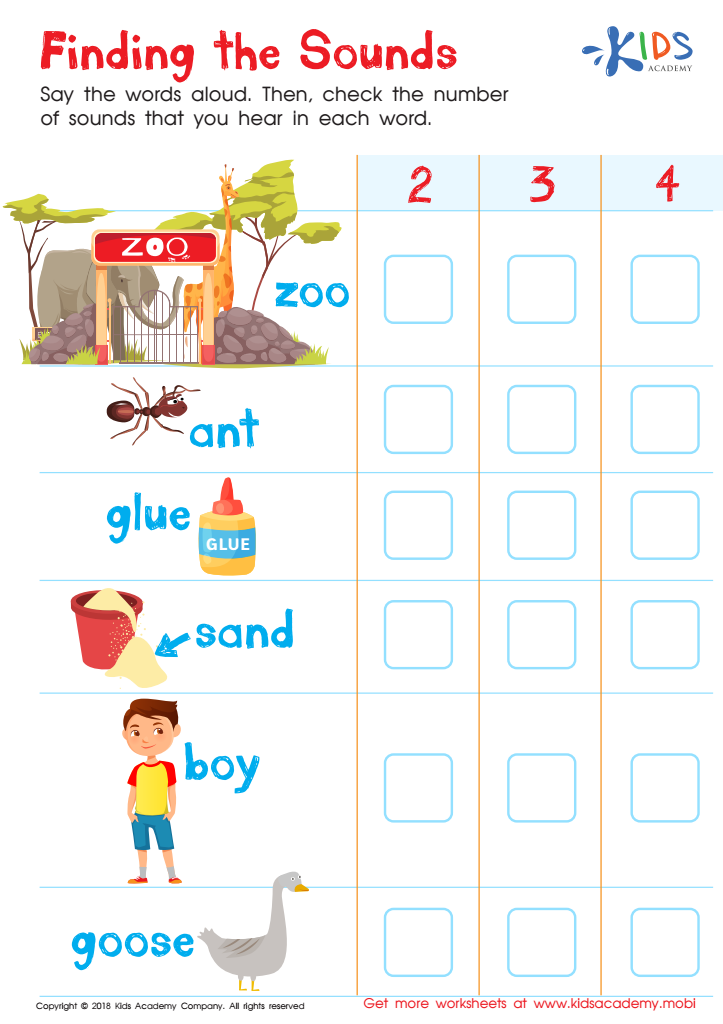

Finding the Sounds Worksheet


Letter l and M Sounds Worksheet
Phonics skills, particularly Normal Letter Sounds, are essential for children aged 5-7 as they form the foundation of reading and writing. At this critical stage of development, children begin to recognize the relationship between letters and sounds, enabling them to decode words independently. Understanding phonics helps students to blend sounds together to read unfamiliar words, fostering confidence and a love for reading.
For parents and teachers, prioritizing phonics ensures that children develop essential literacy skills early on, which is crucial for their academic success. Effective phonics instruction supports vocabulary development, enhances comprehension, and provides a springboard for later literacy achievements. When children can sound out words, they can engage with a wider range of texts, promoting fluency and participation in spoken and written communication.
Furthermore, strong phonics skills can mitigate the risk of reading difficulties and special education needs later in life, promoting greater equity in education. Investing in early phonics education benefits the entire learning environment, as confident readers are more likely to participate actively in class discussions and foster a positive learning culture. Consequently, understanding and nurturing phonics skills throughout this developmental window is vital for all stakeholders involved in a child’s education journey.
 Assign to My Students
Assign to My Students













